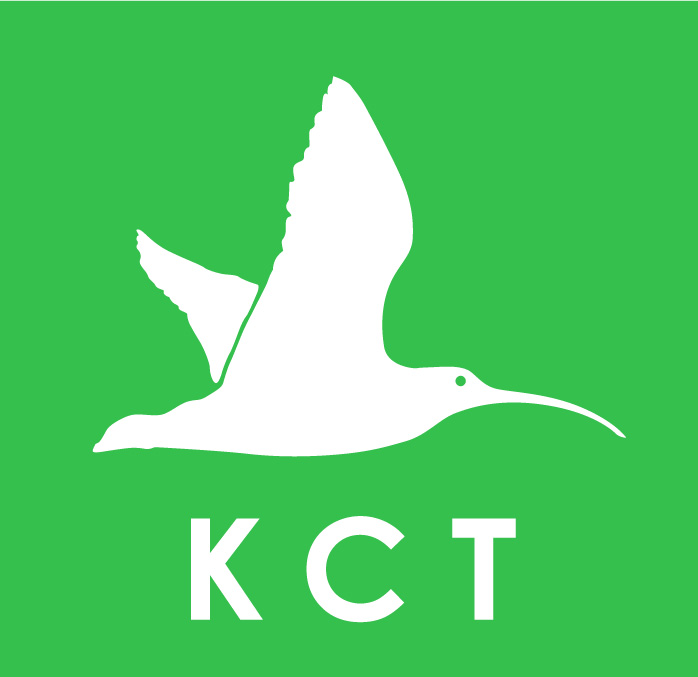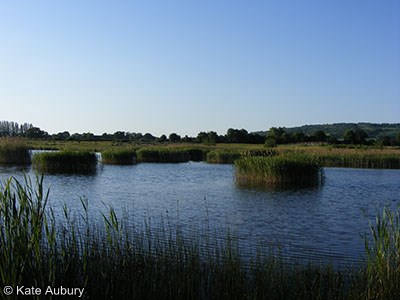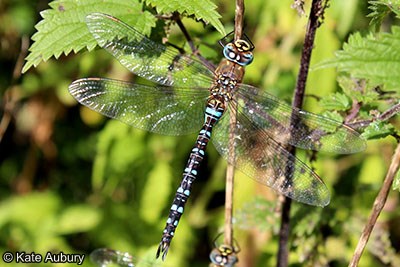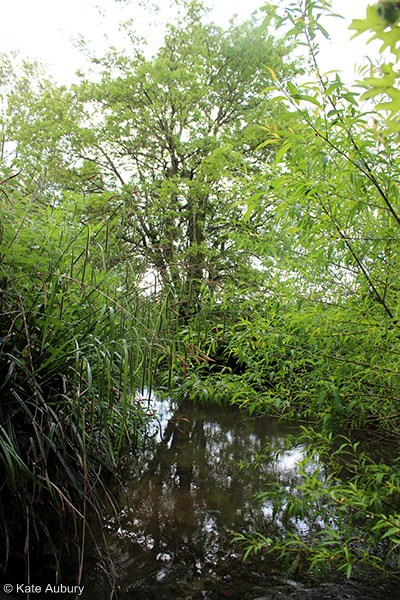Kemerton Lake Nature
Reserve
The Trust’s 46 acre (19 ha) flagship reserve was created between 1987 and 1997 through the extraction of sand and gravel. It is leased by the Trust from the Kemerton Estate on a long lease. The reserve includes a diverse range of habitats including a 16 acre (6 ha) lake (eutrophic standing water), reedbeds, islands, pools, seasonal wet scrapes, woodland and species-rich grassland. A public footpath gives access across part of the site, and leads to a bird hide on the west side. An additional permissive path provides access to a hide at the east end of the lake. The reserve has been designated as a Local Wildlife Site. It provides important habitat for invertebrates, including mining bees, 20 species of dragonfly and damselfly, and the endangered white-clawed crayfish. Among the mammals species found at the site are polecat, badger, otter and nine species of bat. The reserve is very popular with bird watchers and more than 170 bird species have been recorded on the site since 1987. It is a breeding site for many birds including lapwing, oyster catcher, cuckoo and reed warbler; as well as the BAP priority species skylark and reed bunting. It also attracts a range of passage migrants, and in winter it is an important roosting site for waterfowl. Among its most exhilarating spectacles are the enormous starling roosts in the reed beds. More detailed information about the site can be found here. |
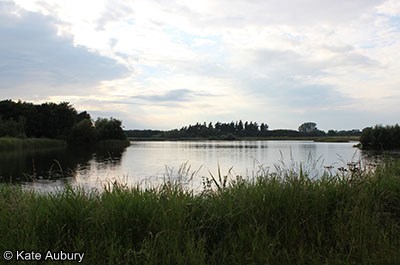 Kemerton Lake Kemerton Lake
|








